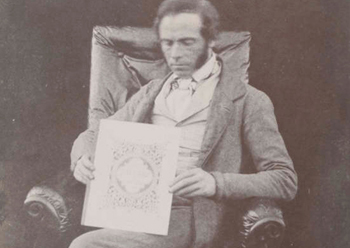
Talbot’s ‘picture book’ is a manifesto for photography, a polemic, an advertisement, a bid for posterity, a chronicle of the past and a vision of the future.

Talbot’s ‘picture book’ is a manifesto for photography, a polemic, an advertisement, a bid for posterity, a chronicle of the past and a vision of the future.
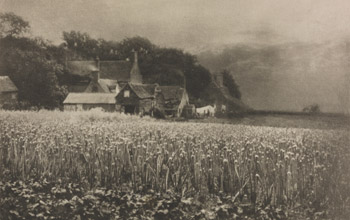
George Davison’s medal-winning pin-hole photograph garnered much controversy as the battle between ‘straight’ and pictorial photography raged on.

In 1826, Niépce used his heliography process to capture the first photograph, but his pioneering work was soon to be overshadowed by the invention of the daguerreotype.
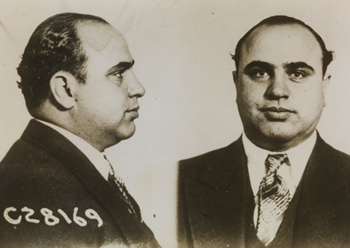
The use of photography to keep a record of criminals began in the 1840s when police forces commissioned portraits of offenders for so-called Rogues’ Galleries.
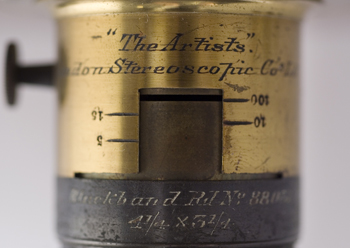
From Victorian craze to its resuscitation by Elena Vidal and Brian May, Colin Harding traces a brief history of the stereoscope.
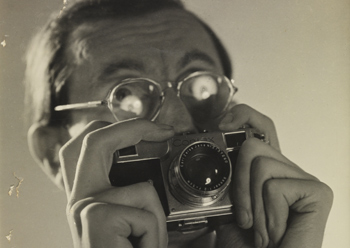
One of the most important figures in photographic publishing—we even named a research room after him in recognition of his contribution to photography and cinematography.
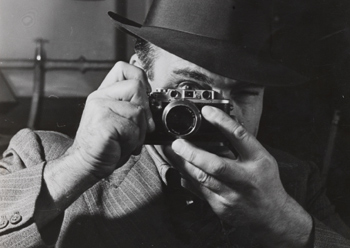
Colin Harding takes a look at the life of one of the legendary figures of Fleet Street, who always came back with the picture his editor wanted.
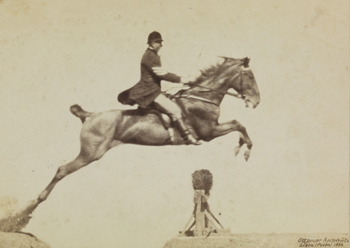
In the late 19th century, subjects that seemed mundane to modern eyes exerted a peculiar fascination, such was the novelty of their being captured by the camera.
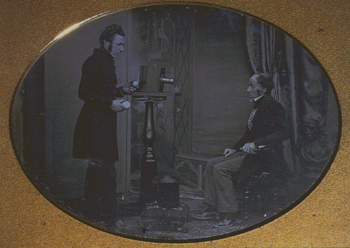
The Hogg daguerreotype is one of the most significant objects in our collection. Taken in 1843, it is the earliest known photograph of a photographer at work.
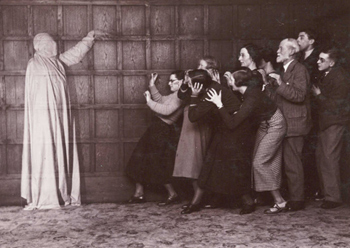
Colin Harding takes a quick peek at the spooky world of photographic ghosts, from the first accidental images to the charlatans of the Crewe Circle.
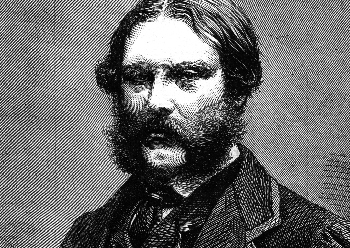
For the next stage of Colin Harding’s alphabetical journey through the collection, he has chosen one of the most important British architects of the 19th century, who also happened to be an innovative camera designer.
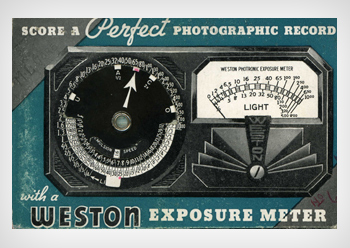
Today, we take correct exposure for granted, but things were very different in the past. Colin Harding sheds some light on the murky world of exposure meters.